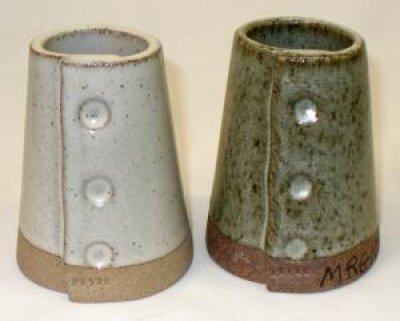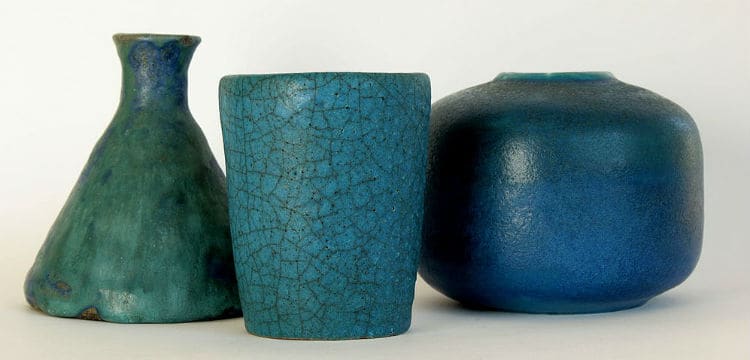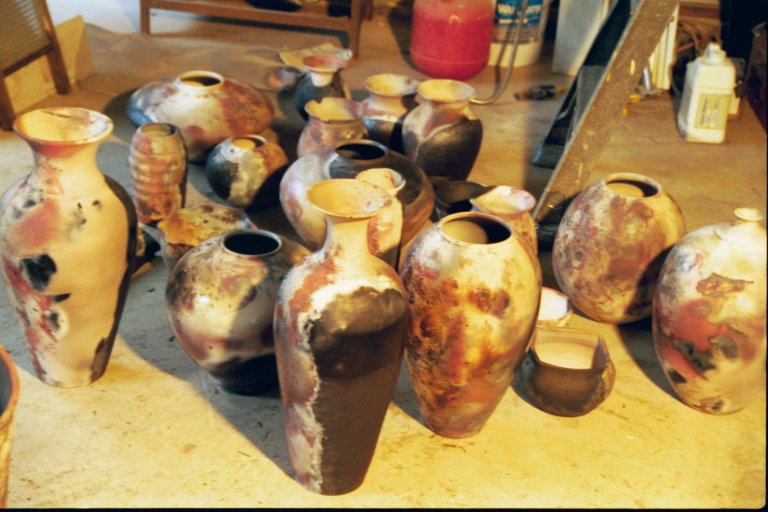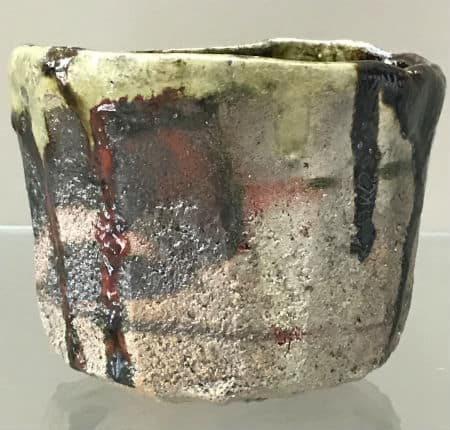Ceramic Reduction Fire Definition

The piece is inserted into the garbage can and the lid put on.
Ceramic reduction fire definition. Reduction causes most ceramic materials such as your glazes to melt faster. This may not sound like things that will affect your pottery but it can. Firing converts ceramic work from weak clay into a strong durable crystalline glasslike form. Ceramic work is typically fired twice.
It is bisque fired and then glaze fired. An oxidation atmosphere has plenty of oxygen for the fuel to burn. In traditional ceramics reduction firing requires a specially designed fuel fired kiln that restricts the flow of incoming air so there is enough to burn the fuel and no more in some cases it is restricted so that is actually less than enough to introduce carbon into the atmosphere. Most pottery professionals don t like to describe it especially to a persnickety chemist.
Fuel burning kilns give the artist control of how much or how little oxygen enters the firing chamber and when. Reduction firing is the exact opposite of oxidation firing. In reduction firing oxygen is prevented from interacting with the glazes during glaze maturation. Usually this consists of a metal garbage can with combustible materials inside such as newspapers saw dust leaves or pine needles.
The reduction firing process almost as a standard the process of reduction is described with some degree of equivocation no matter where you go or in which ceramic setting you work. The oxidation process for example can alter the color of the glazes or paint you ve chosen to use. Reduction firing is typically done in a gas or other fuel burning kiln since the corrosive effects wear out the elements on an electric kiln. It is the lack of oxygen in the last part of the process that is critical for the desired effects.
A reduction atmosphere occurs when the amount of available oxygen is reduced. This is done by adjusting the fuel in a gas kiln or by adding organic material such as in raku. A reduction environment is an enclosed space with a reduced amount of oxygen.














































